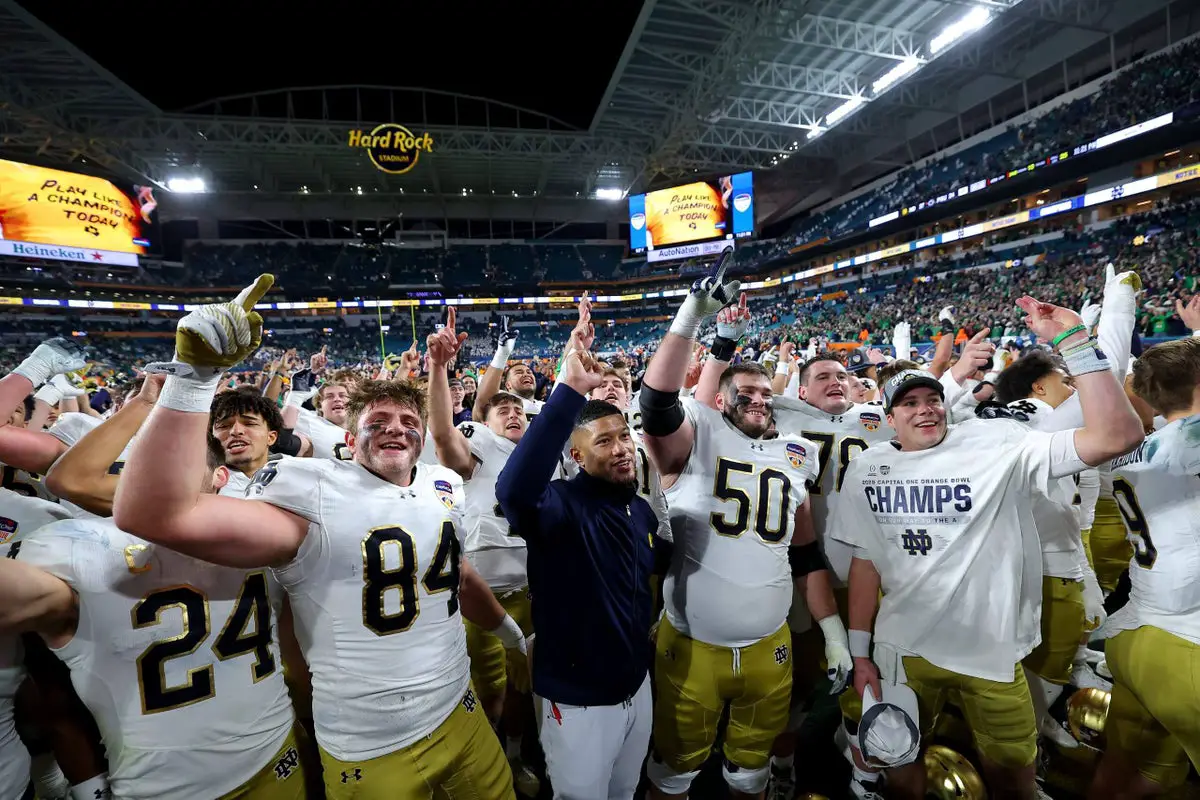At the 99 Vintage store in the centre of Winchester, curated rails of worn-in Dickies trousers sit alongside paint-splattered band T-shirts and a 1964 track-and-field hoodie with the left cuff falling off. “We call it the trashed look,” said Jack Edwards, 27, who co-owns the family business.
“In the past, I would have rejected things because of a mark, but now we see the positives in some stains and distressing. It helps tell the story of the piece.”
His brother, Harrison, 25, agrees. He said vintage items with visible damage can sometimes even sell for higher prices: “People are far more open to the ride it’s been on – and some clothes look better with rips or holes. It adds character.”
According to GlobalData, the clothes resale market in the UK is expected to grow 48.9% between 2023 and 2027, to £10.1bn.
High-end brands are also trying to capitalise on the trend: Rimowa recently launched its recrafted programme, which takes beaten-up old suitcases and sells them at discounted prices.
Other brands use it in their marketing: when Nike collaborated with the New York-based artist Tom Sachs on his general purpose “Boring” shoe, its advert featured a well-worn, scuffed sneaker. Outdoor Canadian brand Norda has also used worn-out shoes – and a story about the journeys they have taken – on its social media accounts.
There is, however, one big caveat: the stain or rip needs to be the right stain or rip. “A mid-90s sweatshirt with little bleach marks makes it look better,” said Harrison Edwards. “Spaghetti bolognese on a white T-shirt? That’s a no-no. And Harry Sims, owner of Hartex, a vintage sportswear shop on London’s South Bank, said: “It is not just a free pass to sell dirty clothes, but for some things it really enhances it. A white T-shirt covered in old paint? It adds to the beauty.”
after newsletter promotion
Pascal Matthias, who teaches fashion at the University of Southampton, said the concept was driven by nostalgia. “There are stories within clothes, and it encourages an emotional narrative. From the high street all the way up to the designer, brands are trying to be more authentic.”
Jackets and trousers from Carhartt WIP, the Michigan-based workwear company which went from blue-collar uniforms to streetwear, can sell secondhand for two or three times the recommended retail price if they have been worn or stained.
Matthias said it was also a sign of the times. “Twenty years ago, you had that preppy style; now you’ve got the working-class hero.”
Whatever the reason, for some vintage sellers, it is a blessing in disguise. Paul Woodcock, owner of the Really Groovy shop in Wadebridge, Cornwall, buys stock from America, from private individuals or from the wardrobes of people who have died.
He is glad that people are “increasingly no longer bothered” by paint or rusty metal stains, as finding quality men’s vintage clothing is getting harder. “There’s far more women’s stuff in good condition,” he said. “[Women] will pass things on rather than keep them for ever, whereas men wear their old clothes for painting or mending the car.”
Ultimately, the lesson for everyone, Jack Edwards said, is not to throw things away. “There’s life still to be had beyond a stain or a hole if it falls into the right vibe. Don’t get me wrong: a Primark T-shirt with a rip doesn’t have the same appeal, but we need to hold on to items for longer.”





